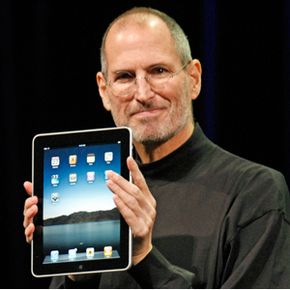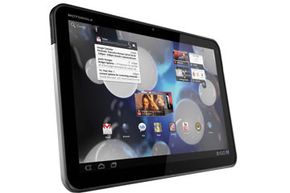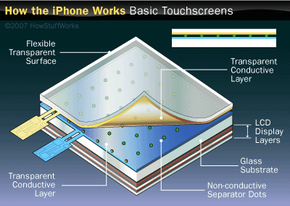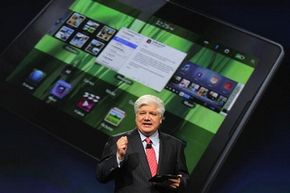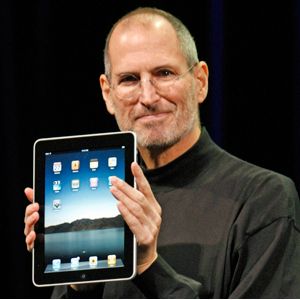When Steve Jobs ended years of speculation in 2010 by announcing the iPad tablet device, he helped launch a new era in computer hardware. Though tablet PCs have been around for years, the iPad was the first device to use the form factor successfully in the consumer market. And Apple's success benefitted other companies as well as tech enthusiasts looked for alternatives to Apple's approach.
So what exactly is a tablet? At its most basic level, a tablet PC is a mobile computing device that's larger than a smartphone or personal digital assistant. There's not a strict cutoff size for tablet devices -- the iPad line sports a screen size of just under 10 inches but other tablets can be larger or smaller. In general, if the computing device uses an on-screen interface and doesn't include a phone, it's a tablet.
Advertisement
To confuse matters, some manufacturers produce hybrid devices that are part tablet, part laptop computer. The device might come with an attached keyboard -- the screen swivels or folds down to cover the keyboard and voila, you have a tablet!
In 2010, Lenovo introduced a prototype device called the IdeaPad U1 at the Consumer Electronics Show in Las Vegas, Nev. At first glance, it looked like a normal laptop computer. But if you detached the screen from the base, the laptop converted to a tablet computer with its own, independent operating system. Lenovo rebranded the device, naming it the Lenovo LePad and launching it in China in 2011.
Although tablets come in a variety of shapes, sizes and feature sets, they share many similar characteristics. Nearly all have a touch-screen interface and an operating system capable of running small programs. They don't necessarily replace the need for a more robust computer, but they create a new space for computing devices.
Let's take a look at the basic elements that most tablets possess.
Advertisement
